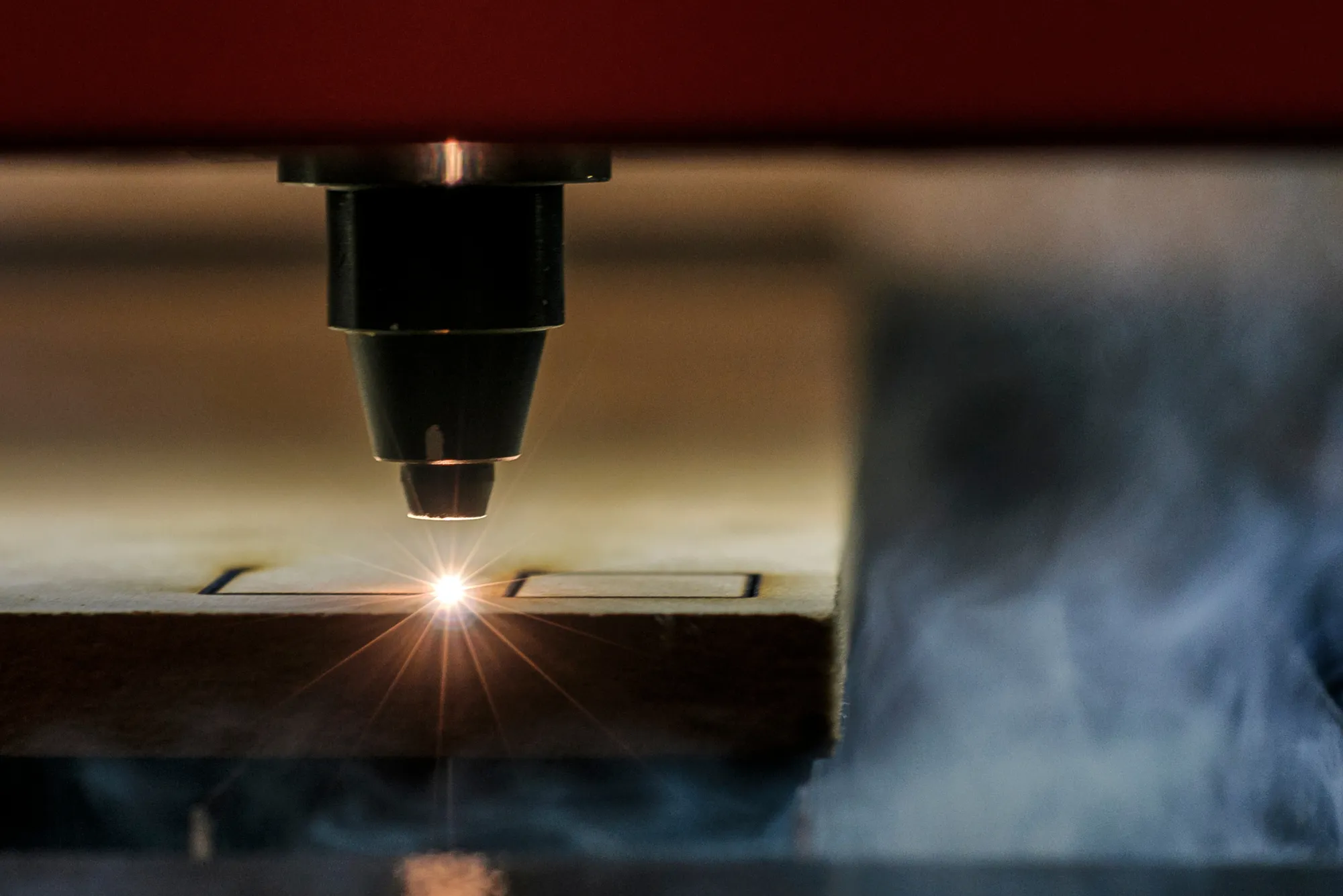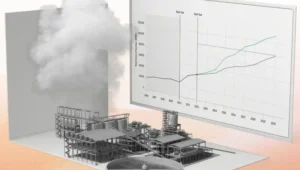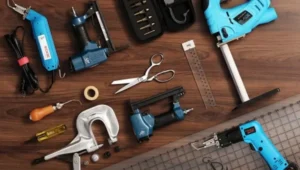Laser engraving machines have become increasingly popular for both industrial applications and hobbyists. They offer precision, speed, and versatility, making them suitable for engraving various materials, including wood, metal, glass, and plastic. However, the cost of a laser engraving machine can vary widely depending on several factors. Understanding these cost factors is crucial for making an informed purchase decision.
Type of Laser Technology
The type of laser technology used in the engraving machine is one of the primary factors influencing its cost. There are three main types of lasers commonly used in engraving machines: CO2 lasers, fiber lasers, and diode lasers.
CO2 Lasers:
CO2 lasers are the most common type of laser used in engraving machines. They are versatile and can engrave a wide range of materials, including wood, acrylic, glass, and some metals. CO2 laser engraving machines are generally more affordable than fiber lasers, making them popular among small businesses and hobbyists. However, their price can still vary significantly depending on power and quality.
Fiber Lasers:
Fiber lasers are typically used for engraving metals and other hard materials. They offer high precision and speed, making them suitable for industrial applications. Fiber laser engraving machines tend to be more expensive than CO2 lasers due to their advanced technology and durability.
Diode Lasers:
Diode lasers are less powerful and are mainly used for engraving softer materials such as wood and plastic. These machines are usually more affordable but have limited capabilities compared to CO2 and fiber lasers.
Power Output
The power output of a laser engraving machine is measured in watts and is a significant cost determinant. Higher power output allows the machine to engrave materials faster and with greater depth. However, machines with higher power output are generally more expensive.
Low Power (20W – 40W):
These machines are suitable for light engraving tasks on materials like wood, acrylic, and leather. They are more affordable and are ideal for beginners and small businesses with less demanding engraving needs.
Medium Power (50W – 100W):
Medium power machines offer a balance between cost and capability. They can handle a broader range of materials, including some metals, and provide faster engraving speeds. These machines are popular among small to medium-sized businesses.
High Power (Above 100W):
High-power laser engraving machines are used for industrial applications where speed and depth of engraving are critical. They can engrave metals and other hard materials with ease. These machines are the most expensive, reflecting their advanced capabilities.
Machine Size and Work Area
The size of the laser engraving machine and its work area also affect the overall cost. Larger machines with bigger work areas can handle larger materials and projects, making them suitable for businesses that require high-volume production.
Desktop Models:
Desktop laser engraving machines are compact and designed for small-scale projects. They are more affordable and are ideal for hobbyists or small businesses with limited space. However, their smaller work area can be limiting for larger projects.
Benchtop Models:
Benchtop models offer a larger work area and more power than desktop models. They strike a balance between size and capability, making them suitable for small to medium-sized businesses. The cost of benchtop models is higher than desktop models but lower than industrial machines.
Industrial Models:
Industrial laser engraving machines are large and designed for high-volume production. They offer extensive work areas, high power output, and advanced features, making them the most expensive option. These machines are typically used by large businesses with significant engraving needs.
Material Compatibility
The types of materials that a laser engraving machine can work with also impact its cost. Machines that can engrave a wider range of materials, including metals, plastics, wood, and glass, tend to be more expensive. Additionally, the machine’s ability to switch between different materials without needing extensive adjustments can add to the cost.
Single-Material Machines:
Some laser engraving machines are designed to work with specific materials, such as wood or metal. These machines are generally more affordable but lack versatility.
Multi-Material Machines:
Machines that can handle multiple materials offer greater flexibility and are suitable for businesses that require diverse engraving capabilities. However, the added versatility comes with a higher price tag.
Precision and Resolution
The precision and resolution of a laser engraving machine are critical factors that affect its cost. Higher precision and resolution allow for more detailed and intricate engravings, which is essential for applications such as jewelry engraving or fine art.
Standard Resolution:
Machines with standard resolution are sufficient for most general-purpose engraving tasks. They are more affordable and are suitable for businesses that do not require extremely detailed work.
High Resolution:
High-resolution machines offer greater detail and precision, making them ideal for specialized applications. These machines are more expensive due to their advanced technology and capabilities.

Cooling System
Laser engraving machines generate a significant amount of heat during operation, which requires an effective cooling system to prevent damage and ensure consistent performance. The type of cooling system used can influence the cost of the machine.
Air Cooling:
Air-cooled machines are generally more affordable and are suitable for low to medium-power applications. They are easier to maintain but may not be sufficient for high-power machines that generate more heat.
Water Cooling:
Water-cooled machines offer better heat dissipation, making them suitable for high-power and industrial applications. These machines are more expensive due to the complexity of the cooling system.
Software and Automation
The software that controls the laser engraving machine and its level of automation also play a role in determining the cost. Machines with advanced software and automation features offer greater ease of use and efficiency but come at a higher price.
Basic Software:
Machines with basic software are more affordable and are suitable for users with simple engraving needs. The software may offer limited design and control options.
Advanced Software:
Advanced software provides more design flexibility, better control over the engraving process, and integration with other tools or systems. Machines with advanced software are more expensive but offer greater productivity and ease of use.
Automation Features:
Automation features, such as auto-focus, material sensing, and job queuing, can significantly enhance the machine’s efficiency and ease of use. However, these features add to the overall cost of the machine.
Brand and Manufacturer Reputation
The brand and reputation of the manufacturer can also influence the cost of a laser engraving machine. Established brands with a track record of quality and reliability tend to charge more for their machines.
Established Brands:
Machines from well-known brands are generally more expensive due to their reputation for quality, durability, and customer support. These machines are often backed by better warranties and after-sales service.
Lesser-Known Brands:
Machines from lesser-known brands may be more affordable but may come with risks, such as lower build quality, less reliable performance, and limited customer support. However, some lesser-known brands offer good value for money, especially for small businesses or hobbyists.
Warranty and Support
The warranty and customer support provided by the manufacturer can also affect the cost of a laser engraving machine. Machines with longer warranties and comprehensive support services are typically more expensive.
Standard Warranty:
Machines with a standard warranty, typically one year, are more affordable. However, the warranty may cover only basic repairs and may exclude certain parts.
Extended Warranty:
Machines with extended warranties and comprehensive support services, including on-site repairs and replacement parts, are more expensive. These services offer peace of mind and are particularly important for businesses that rely on the machine for critical operations.
Custom Features and Accessories
Custom features and accessories can enhance the functionality of a laser engraving machine but also add to its cost. Examples include rotary attachments for engraving cylindrical objects, specialized lenses for high-precision work, and custom-built enclosures for safety and dust control.
Standard Configuration:
Machines in a standard configuration are more affordable and are suitable for general-purpose engraving tasks. They come with basic features and accessories.
Customized Machines:
Customized machines with additional features and accessories are more expensive but offer greater flexibility and capability. These machines are ideal for businesses with specific engraving needs or those looking to enhance their production efficiency.
The cost of a laser engraving machine is influenced by a wide range of factors, including the type of laser technology, power output, machine size, material compatibility, precision, cooling system, software, brand reputation, warranty, and custom features. Understanding these factors can help businesses and individuals choose the right machine that meets their needs and budget. Whether for industrial applications or personal use, investing in a laser engraving machine requires careful consideration of these cost factors to ensure long-term value and performance.










